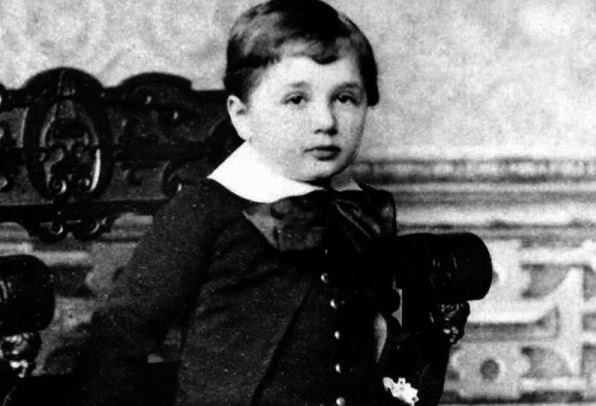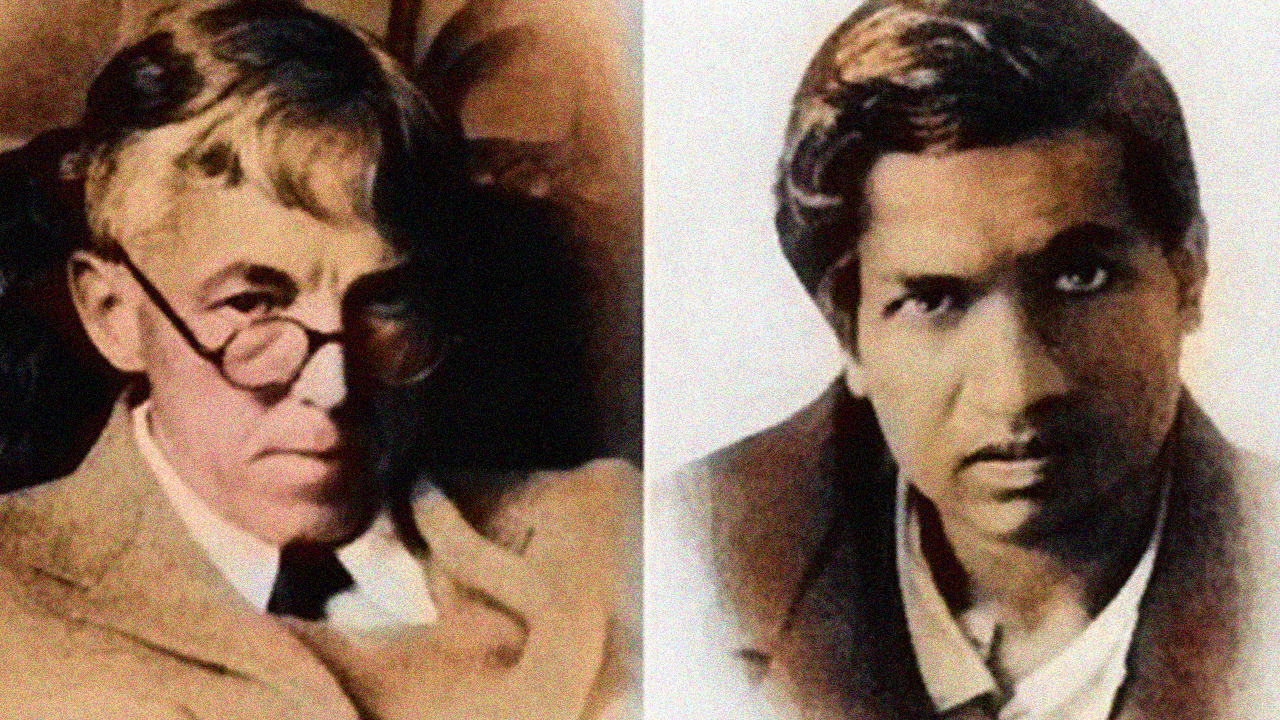
Georg Simon Ohm was a German mathematician and physicist who discovered notably one of the most important laws in physics and engineering. Ohm's law is on every high school student's lips like A,B,C and that is what makes it so great - its simplicity and fundamental nature, qualities which make Ohm's law easily memorable.
V = IR
where,
V = voltage
I = current
R = resistance
Pretty neat, isn't it? But what does Ohm's law imply and how did Georg Ohm discover his now famous law?
Background of Ohm's law
Georg Ohm (1789 - 1854) was born to Johann Ohm, not formally educated and a locksmith by profession, who wanted his son to receive excellent education. Ohm's mother died when he was only 10.
In 1806, Ohm accepted a position as a mathematics teacher in a school in Switzerland. By the early 1820s, Ohm had also started teaching physics to high school students. Teaching high school science was a decent job, but Georg didn’t want to just teach - he wanted to make science.
Ohm was fascinated by electricity, which at the time was still something of an unknown magical force. The electrical battery had just been invented 20 years ago and there was a lot of scope of new discoveries in the field.
Discovering Ohm's law
Ohm didn’t have university funding or state-of-the-art equipment. He just wanted to do experiments at home for fun. Ohm only used a simple battery, copper wires and a home made galvanometer (a scale used to detect and measure small electric currents).
One day while testing different wires, Ohm connected a longer wire to his circuit, and the current dropped drastically. Initially Ohm thought that something had gone wrong with his archaic battery. But then he switched back to a much shorter wire and saw the current rise again.
At that time, it was not understood how or why electricity flowed through the wires... Ohm was puzzled at this strange phenomenon. Could it be that the length of the wire itself was resisting the flow of electricity?
Ohm began to systematically test wires of different lengths, materials, and thicknesses and jotted down the results of his experimentation.
Pattern of Ohm's law
Ohm noticed the following pattern:
1. The longer the wire, the less current was read by galvanometer.
2. The thicker the wire, the more current.
3. Different materials changed the flow too.
Ohm came to conclusion that each material offered different resistance to the flow of current. This quality is inherent to the material itself. Furthermore, length of the material also influenced the amount of current.
Ohm was the first to describe electricity in mathematical terms, showing that:

... the graph between current (I) and voltage (V) of battery was a straight line. When you divide voltage by current, you get a new physical quality - resistance - of the material used. Ohm's law can be visualized mentally as voltage pushing the current further down the wire, but the wire's resistance in turn preventing the flow of current.
Reaction to Ohm's law
The scientific community of Germany thought that Ohm’s work was too simple and too mathematical a result to have any great physical influence. One reviewer said it was "a fantasy, not physics." The rejection hurt Ohm so much that he resigned from his teaching post. Imagine discovering a law of nature… only to be told you're imagining things.
It wasn’t until a decade later, as electrical science progressed, that Ohm was recognized for his innovation. Scientists like Kirchhoff and Maxwell helped establish Ohm's law as undeniably right. In 1840s, Ohm had earned himself a position at the University of Munich.
Ohm's law today
Today, Ohm’s Law is taught in every physics classroom around the world. It’s one of the first scientific formulas students learn in physics and electronics. Ohm's fun with wires ultimately led to the creation of a formula which is taught to every high school physics student.

















 Physics, astronomy and science history blog for students
Physics, astronomy and science history blog for students